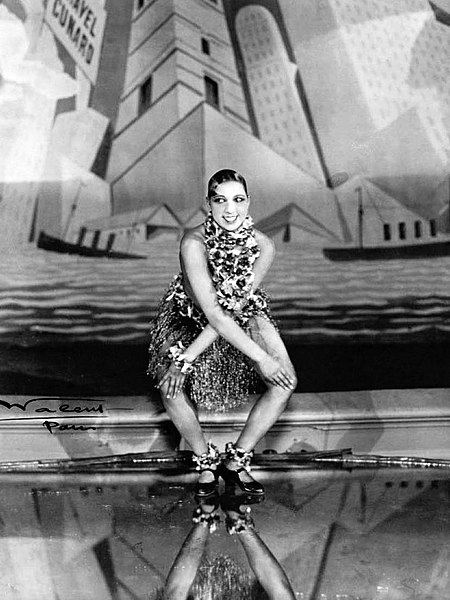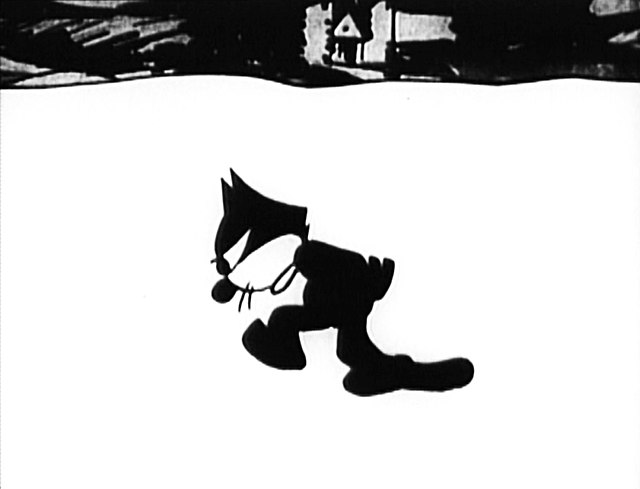The Depression of 1920–1921 was a sharp deflationary recession in the United States, United Kingdom and other countries, beginning 14 months after the end of World War I. It lasted from January 1920 to July 1921. The extent of the deflation was not only large, but large relative to the accompanying decline in real product.
A 1919 parade in Washington, D.C. for soldiers returning home after World War I. The upheaval associated with the transition from a wartime to peacetime economy contributed to a depression in 1920 and 1921.
The Dow Jones Industrial Average from January 1918 to January 1923. The index peaked at 119.6 on November 3, 1919 and bottomed at 63.9 on August 24, 1921, a decline of 47%.
The Roaring Twenties, sometimes stylized as Roaring '20s, refers to the 1920s decade in music and fashion, as it happened in Western society and Western culture. It was a period of economic prosperity with a distinctive cultural edge in the United States and Europe, particularly in major cities such as Berlin, Buenos Aires, Chicago, London, Los Angeles, Mexico City, New York City, Paris, and Sydney. In France, the decade was known as the années folles, emphasizing the era's social, artistic and cultural dynamism. Jazz blossomed, the flapper redefined the modern look for British and American women, and Art Deco peaked.
Josephine Baker performing the Charleston at the Folies Bergère, Paris
Climax of the new architectural style: the Chrysler Building in New York City was built after the European wave of Art Deco reached the United States.
Felix the Cat, a popular cartoon character of the decade, exhibits his famous pace.
Actress Norma Talmadge






